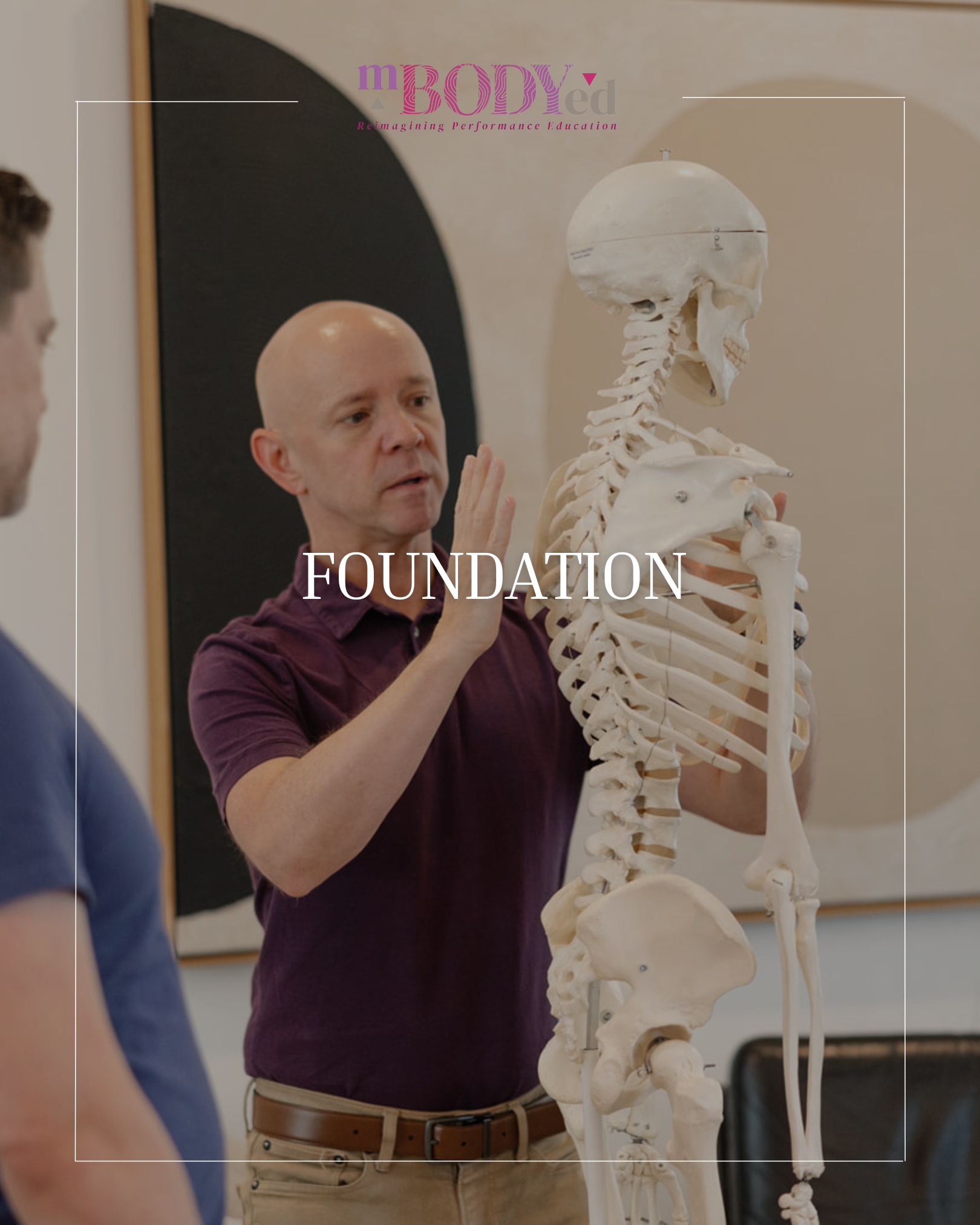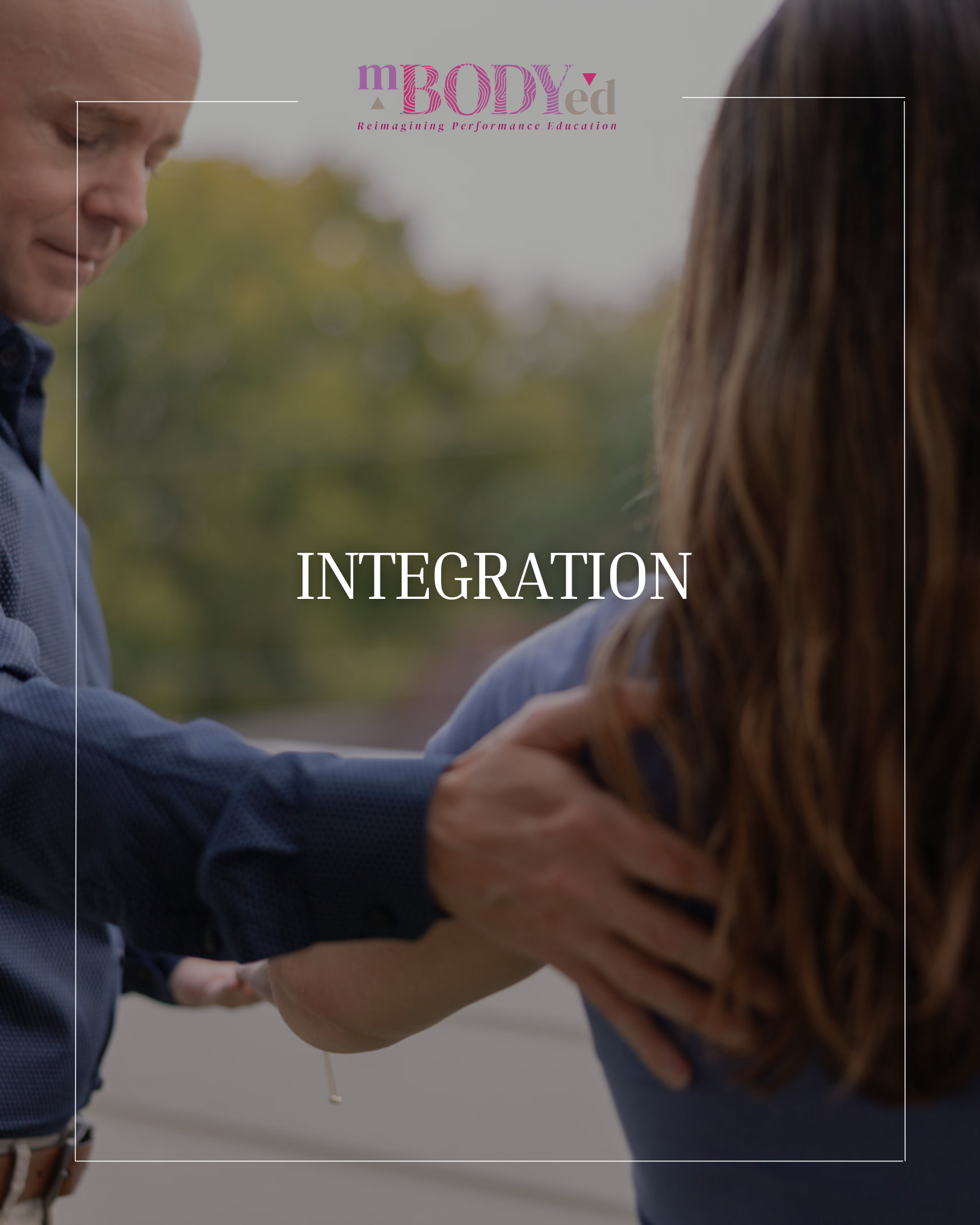Foundation
Aim: reclaim your body, your presence, and your creativity
Year One helps you reconnect with your body and breath so that learning can take hold again. We start simple. You learn clear maps of the body, the basics of Alexander work, and everyday practices that lower stress. We discuss the nervous system in simple terms. It is the part of you that runs stress and calm, focus and fog, rest and go. When it gets stuck in survival, you feel it as tension, pain, worry, racing thoughts, or numbness. In Year One, you learn to notice when that happens and how to settle it. The goal is to move out of burnout, survival, and chronic anxiety and into steadiness, ease, and creative freedom. We use gentle spiral learning. That means we revisit the same skills in small steps so your body can receive them.
What you will learn
Simple body maps for head, spine, torso, breath, and arms
How to notice survival signals early and settle them without force
Alexander’s directions that soften effort in movement, playing, and teaching
Breath that supports sound and speech without pushing
Short awareness practices that fit inside a real day
How it works
Twenty two live sessions, each ninety minutes, paced through the year
Ongoing one to one coaching with Shawn for personal support
A practice library with short audios and printable pages
Group performance labs to apply the work in music and teaching
Optional retreats and an online community space for steady encouragement
Time needed is about four to five hours each month
What you can expect by the end
A steady way to settle when stress rises
Clear and accurate body maps that reduce excess effort
A personal practice that you can keep doing on your own
More ease and clarity in music making, teaching, and daily life
Readiness to enter the guided practicum in Year Two
Integration
Aim: move from embodied learner to embodied facilitator
You practice how to guide others. You learn to give lessons and lead groups from calm and curiosity. You teach real people and receive kind, direct feedback. You learn to design experiences that foster safety and honest exploration.
Format and cadence
Twenty-two live sessions that are ninety minutes each
Supervised teaching practice with reflection and review
Small group coaching labs
Option to count supervised hours toward Body Mapping licensure and preparation for Alexander Technique certification
Teaching Opportunities in community classes
Annual Retreat Required
Time needed on average is about six to eight hours each month (this is not in addition to your current work; your professional teaching studio is included in this estimate)
Outcomes
Confident skills for lessons, classes, and labs
Documented practicum hours and supportive evaluations
Readiness for certification pathways in Year Three
Transformation
Aim: claim your voice as a teacher of embodied transformation
You complete certification requirements and step into leadership. You refine your craft, ethics, and the shape of your work, making your personal and professional practice sustainable.
Format and cadence
Teaching evaluation support and recorded lesson reviews
Guest faculty and cross discipline mentorship
Certification preparation and peer support
Advanced labs in leadership, consent, scope, and equity
Teaching Opportunities in community classes
Annual Retreat Required
Time needed on average is six to ten hours each month (this is not in addition to your current work; your professional teaching studio is included in this estimate)
Pathways
Preparation for Licensure Body Mapping Educator and Coach through ABME requirements with support within the program
Alexander Coach in the mBODYed model
Preparation and referral for full Alexander Technique teacher certification through Alexander Technique International
Outcomes
Certification or documented preparation completed
A clear scope of practice and an ethics statement you can stand on
A service design that fits your context and your capacity
Ongoing alumni community and teaching opportunities



